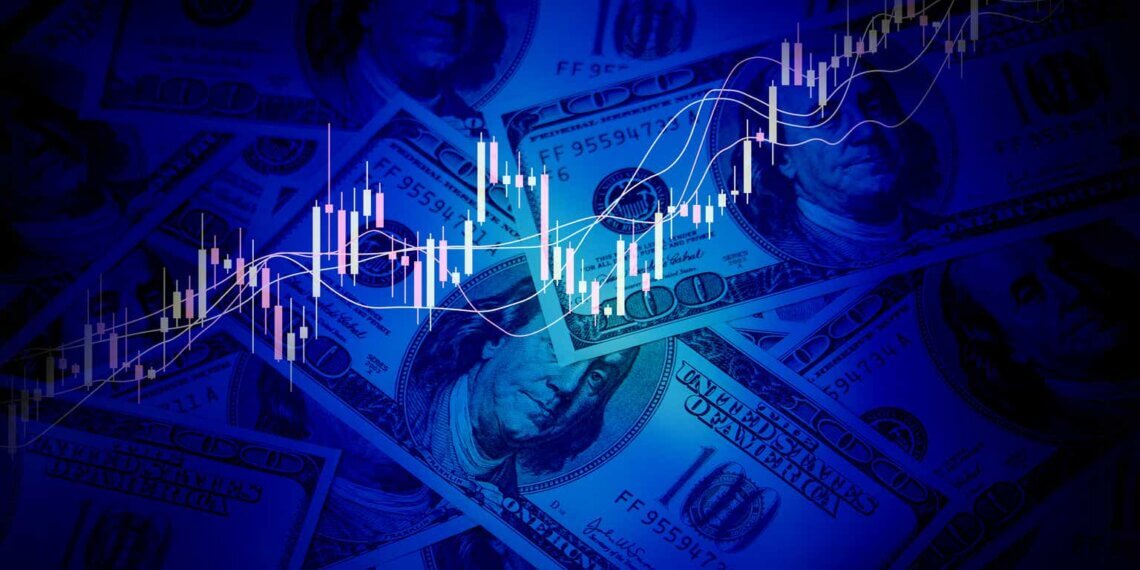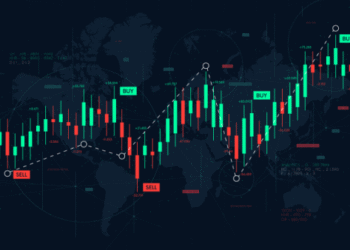The U.S stock market suffered a severe downturn after President Donald Trump launched broad tariffs against every trading nation. Stocks in the S&P 500 dropped by 12% throughout a four-day period which sparked broad economic concerns about a possible recession while destabilizing investor trust. The index defied expectations to achieve positive gains in 2025 following its original downward trend.
During this week the S&P 500 increased 5.3% and reached levels near its historical peak. The market achieved an incredible recovery after enduring a 15% yearly decline only a few weeks prior.
The stock market began its decline on April 2 when Trump introduced tariffs reaching 145% on Chinese imports that traders called “Liberation Day.” The Chinese government imposed 125% tariff increases on American imported products in response to the U.S. trade measures. The back-and-forth escalation between the two nations created market instability that led investors to experience extreme panic.
The markets experienced a massive surge just one week after Trump announced the temporary halt of new tariffs with the exception of those directed at China through a 90-day delay. The S&P 500 experienced its biggest single-day increase at 9.5% when markets reacted to the decision on April 9.
The market recovery does not diminish ongoing worries. The value of Treasury bonds alongside the United States dollar has shown less recovery than stock markets have experienced. The declining bond market values led investors to doubt the security of U.S. government debt as a worldwide safe-haven asset. The depreciation of the dollar indicated that investors were losing faith in the financial stability of the United States.
The fundamental economic indicators maintain their strength in the current environment. The United States workforce gained 177,000 new positions throughout April as inflation rates experienced a minor reduction. The economy demonstrates stability according to hard data although consumer sentiment has decreased consecutively for five months.
The market recovery finds support from positive corporate earnings reports. Major U.S. corporations achieved better-than-expected financial results when they presented their first-quarter reports. The S&P 500 companies showed 75% profit forecast success in FactSet data while their year-over-year earnings reached 13.6% growth. The market leaders among tech companies include Microsoft and Meta.
Market analysts warn that the trade conflict between the U.S. and its trading partners has not reached a permanent resolution. The U.S. President has mentioned that he could reinstate suspended tariffs if trading partners fail to reach acceptable terms. Investors stay alert because a single market-altering announcement from the President through a tweet or policy change can occur at any time.
The stock market recovery has been significant yet markets remain sensitive to trade uncertainty and unpredictable government decisions.
How the S&P 500 Rebounded After a Sharp Tariff-Induced Slump
Related Posts
© 2025 Newsweek World.
All rights reserved.










